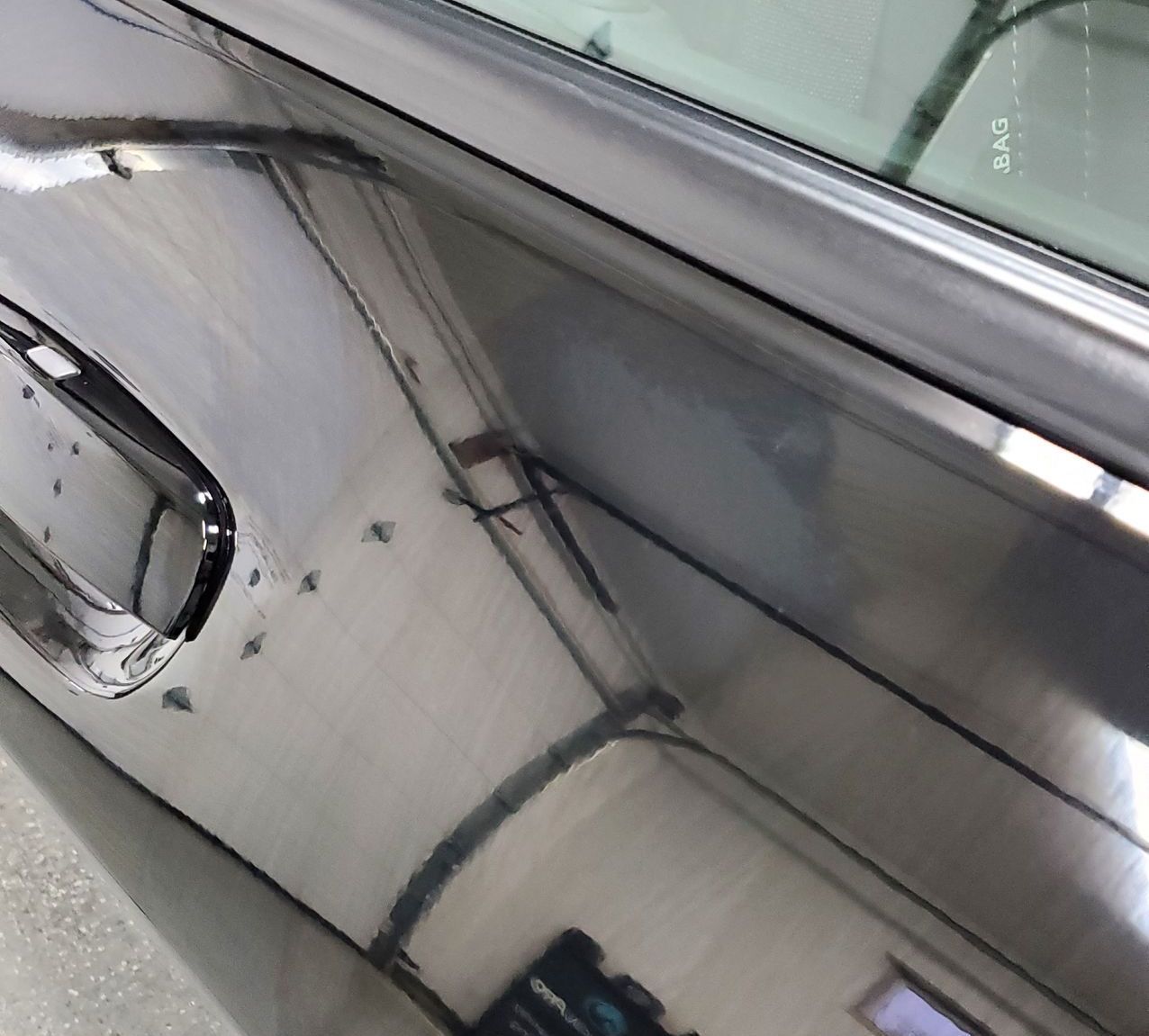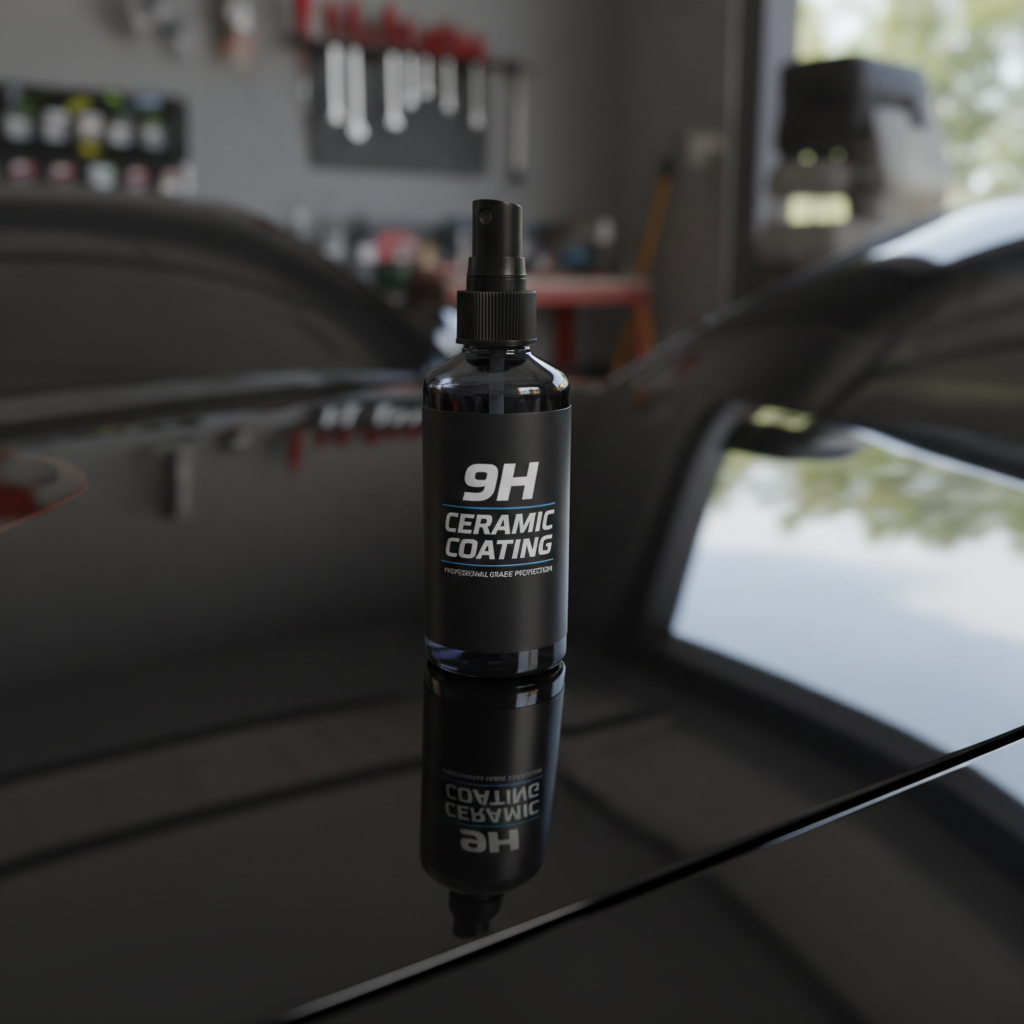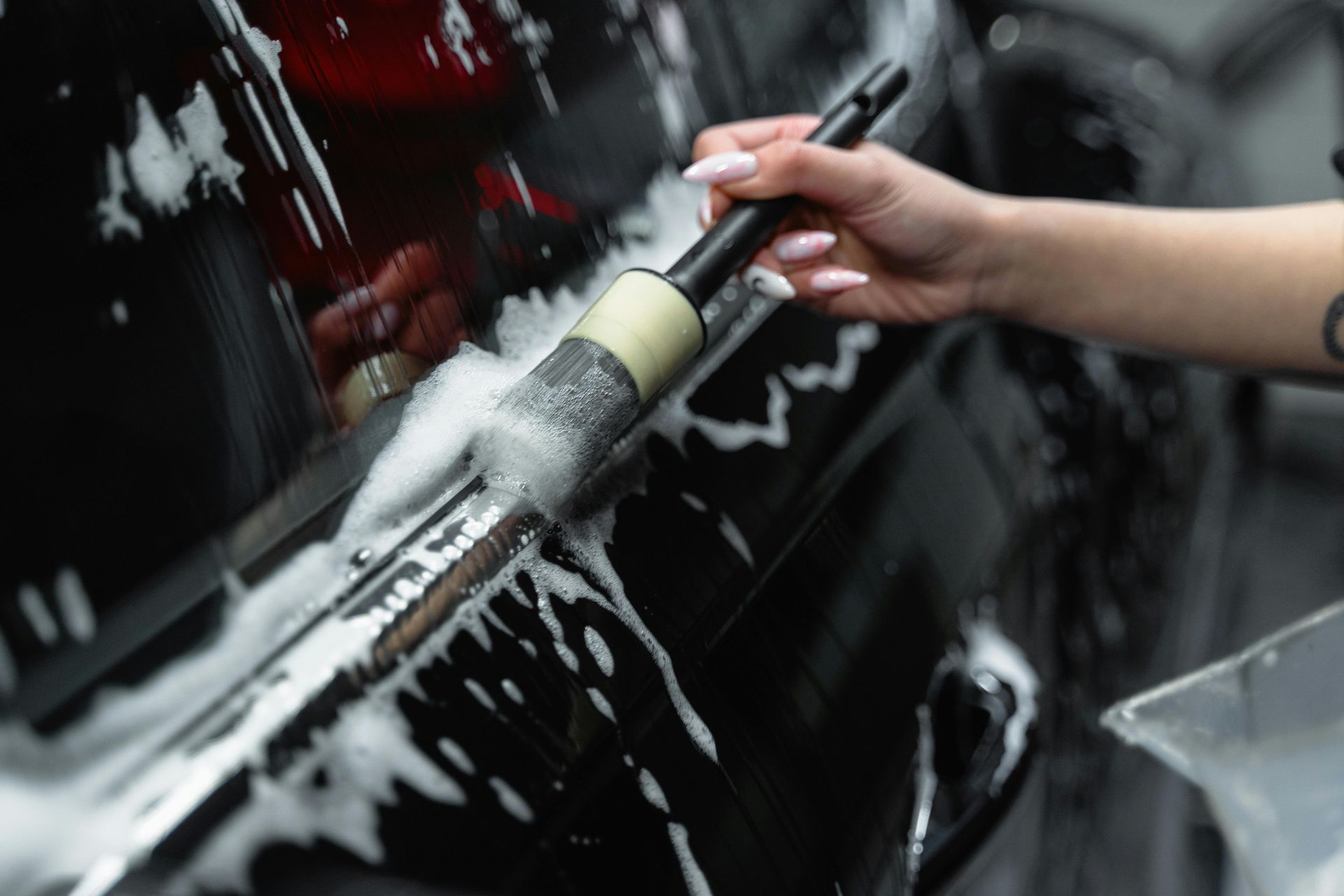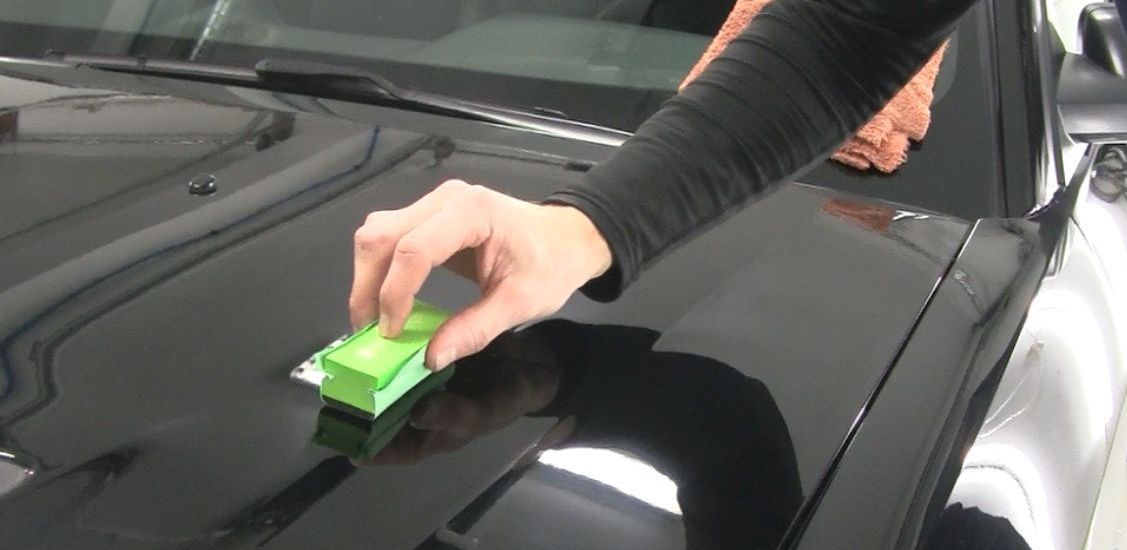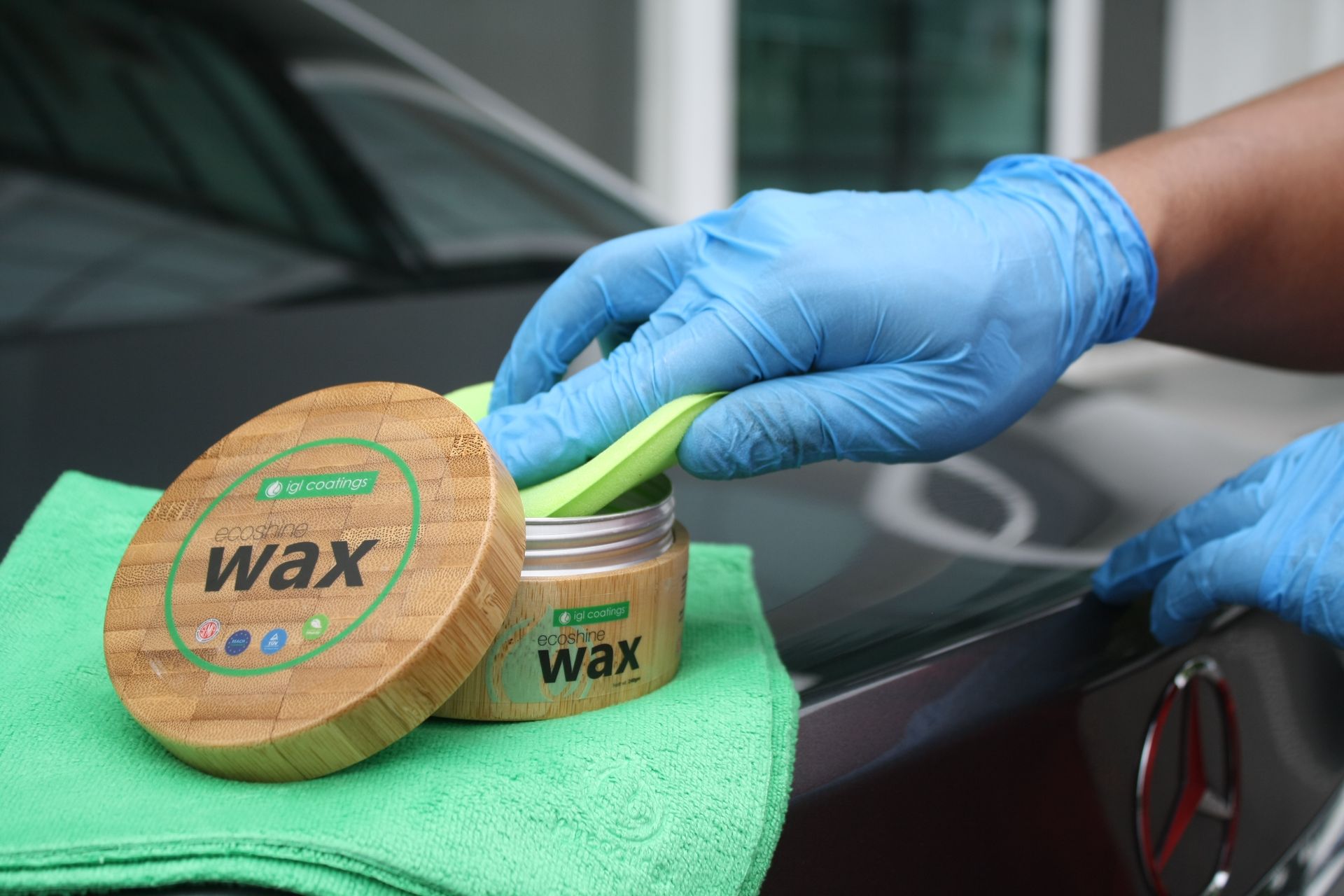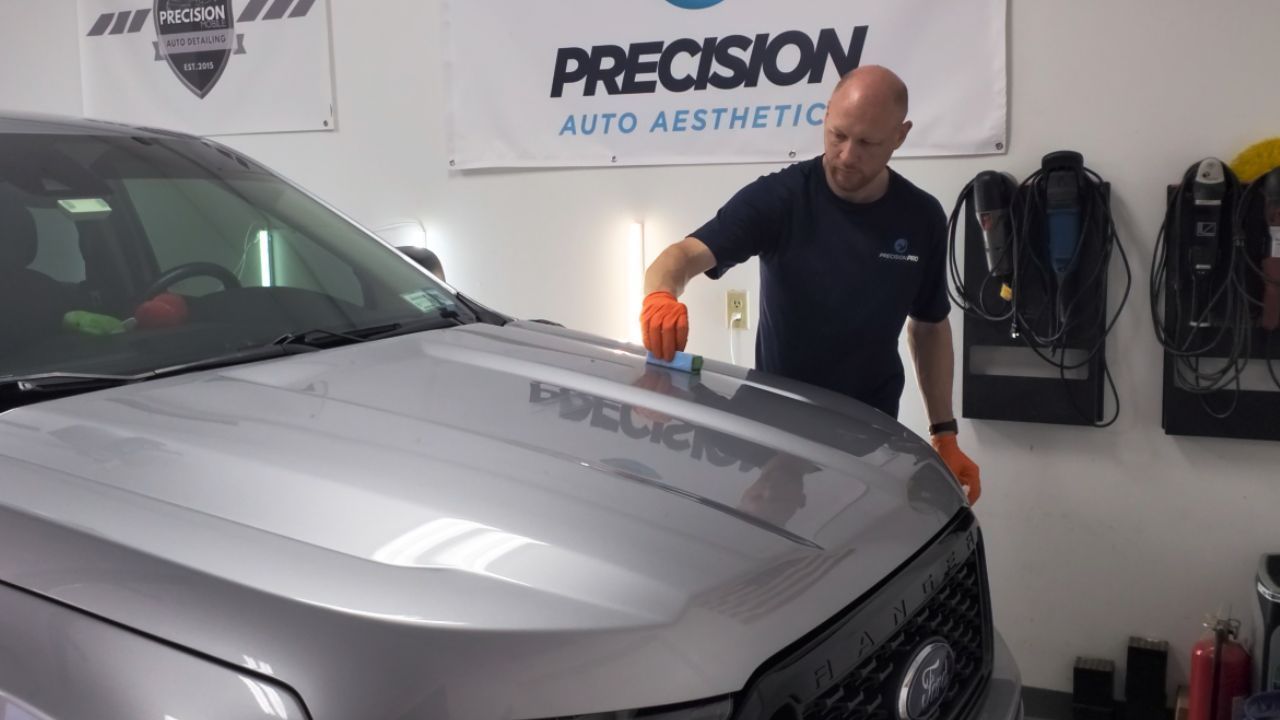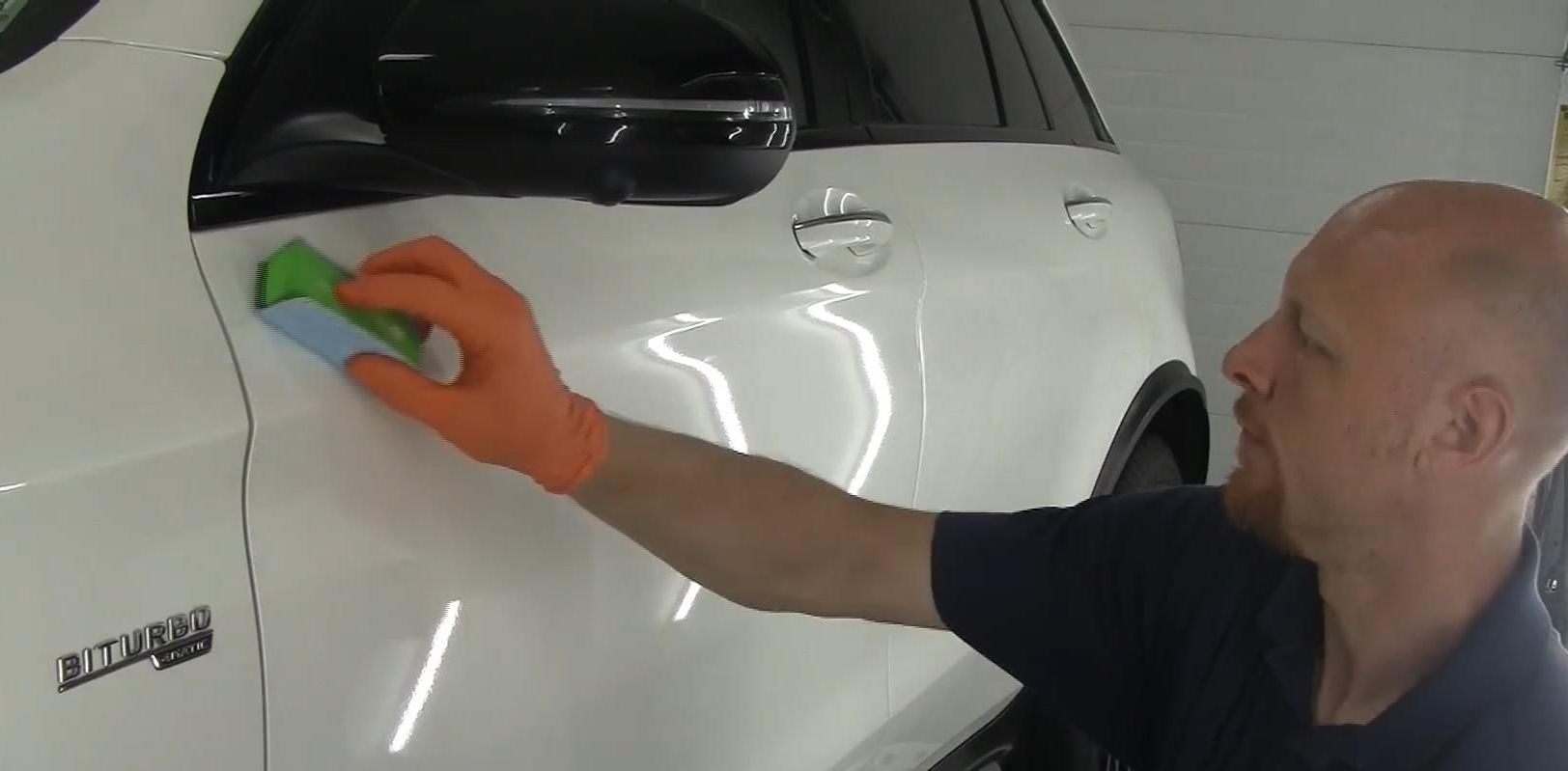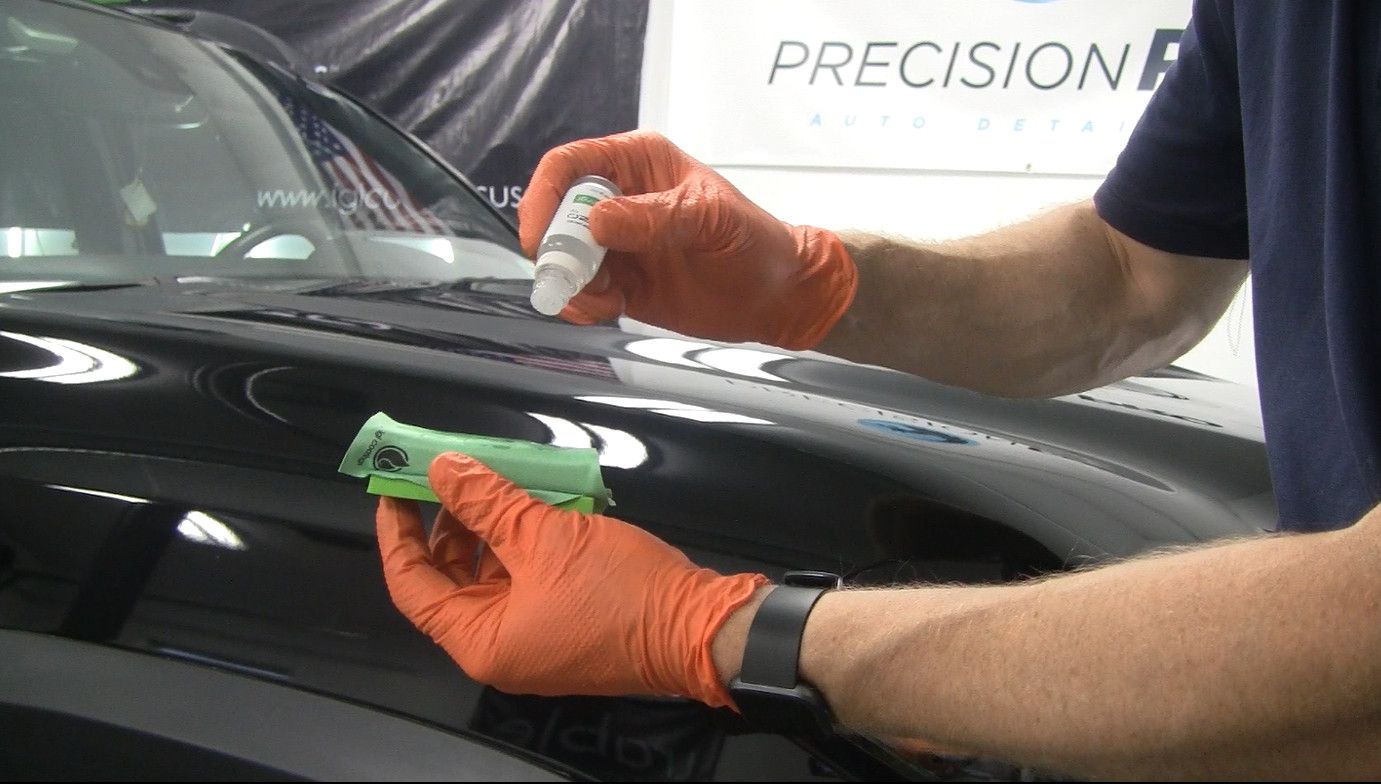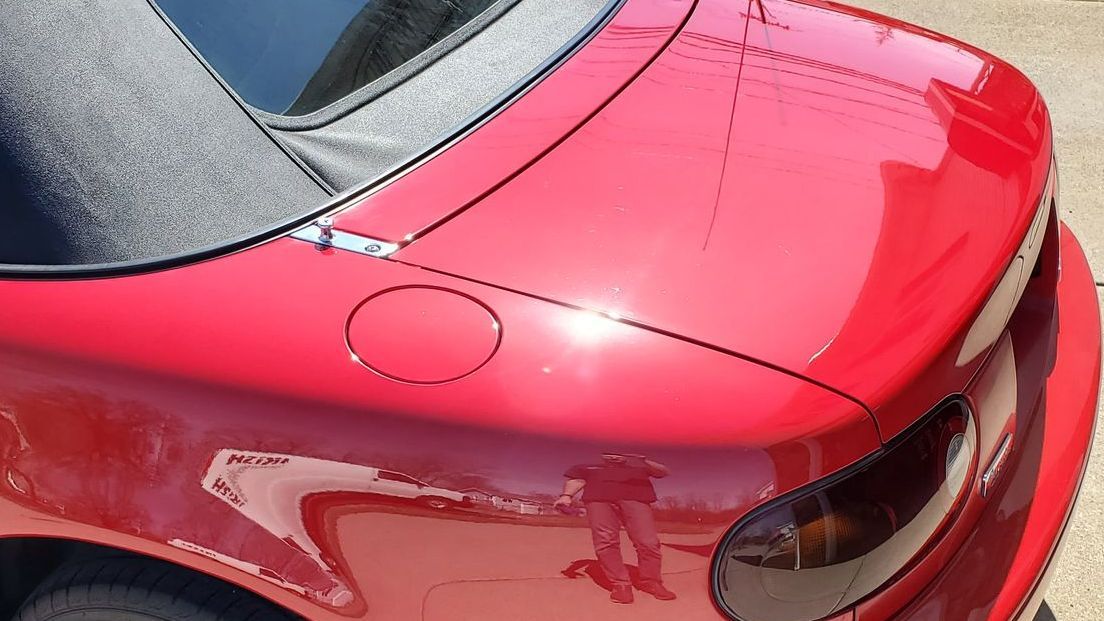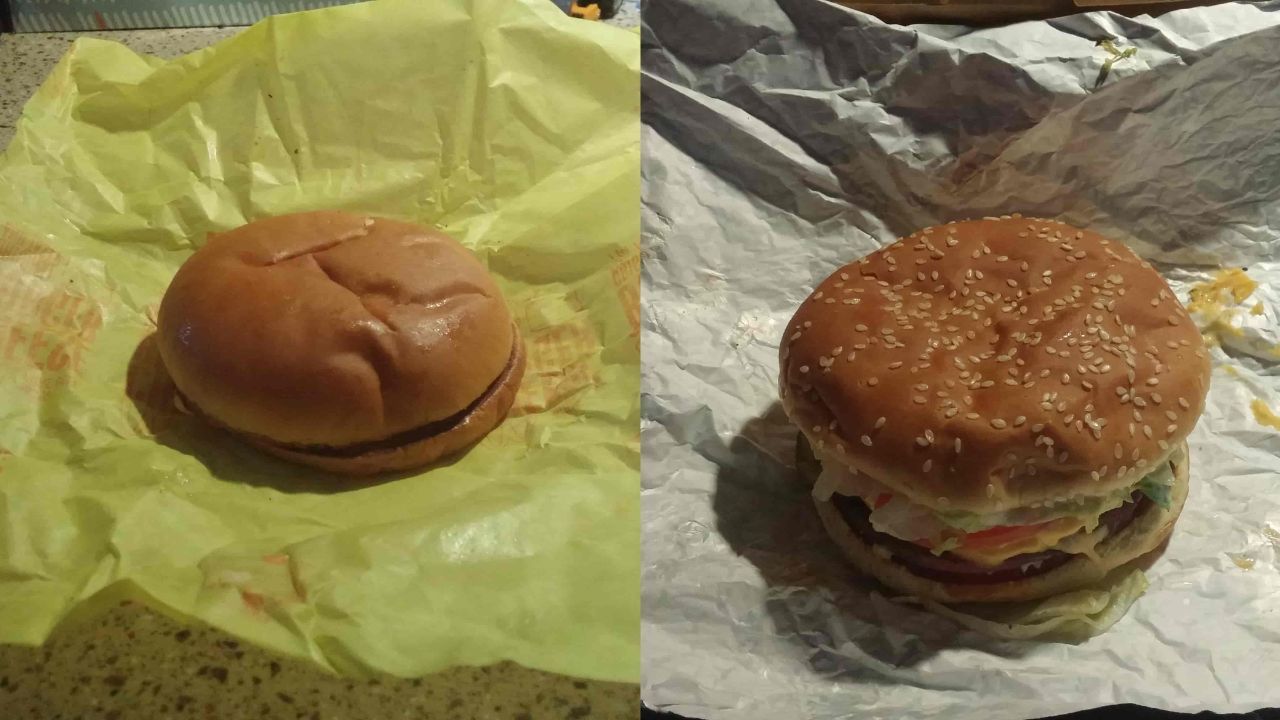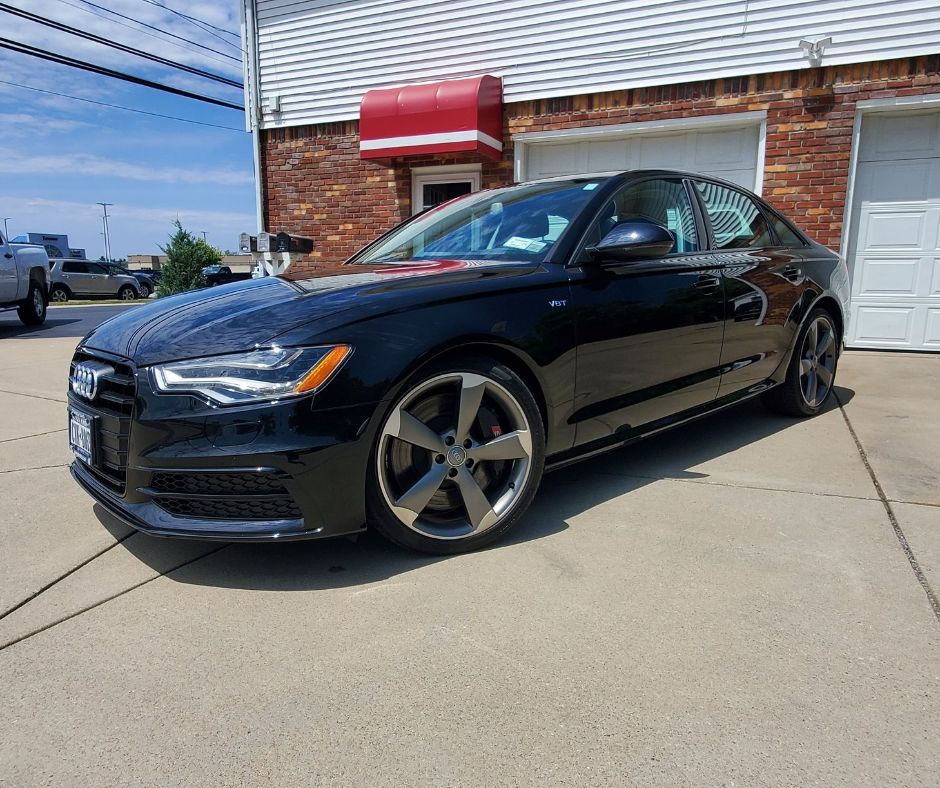Ceramic Coating Problems: 5 Common Issues and How to Avoid Them
Ceramic coatings can significantly enhance your vehicle's appearance, providing a deep gloss and making maintenance easier.
If not applied or maintained correctly, they can lead to issues that detract from your car's finish.
Let's get into the five common ceramic coating problems and how to prevent them.
🔑 Key Takeaways
- Improper application is the #1 cause of ceramic coating failure—professional prep matters.
- Water spots can still form if you don’t dry the surface properly, especially in hard water areas.
- Ceramic coatings highlight scratches and swirls unless the paint is corrected first.
- Environmental contaminants and UV rays can degrade coatings over time.
- Regular maintenance with pH-neutral products is essential for long-term performance.
Why Do Ceramic Coatings Fail Within the First Few Months?
Improper Surface Prep
The #1 reason ceramic coatings fail early is poor surface prep. Ceramic coatings need a very clean surface to bond at the molecular level. This is different from waxes or sealants.
Here’s how things go wrong:
- Skipping Paint Correction: Polishing is one of the last step you can do to ensure the paint is as clean as possible. Oils, old wax, and embedded particles act like a physical barrier, leading to failure.
- Poor Decontamination: Iron fallout, tar, or even minerals from water spots can interfere with bonding. Even a near-invisible film can lead to sections flaking or peeling within weeks.
- Rush Jobs: Some installers cut corners on polishing or do not do a thorough decontamination.
Ceramic coating Application Mistakes
A ceramic coating requires precision. Sloppy technique will lead to poor results. Problems often start with:
- Uneven Product Spread: Applying too much or too little leads to high spots, streaks, or patchy coverage. The protection isn’t uniform—and neither is the gloss.
- Wrong Timing for Leveling: If you don't remove excess product at the right time, it can leave sticky, semi-cured “rainbow” marks.
- Temperature and Humidity: Coating outside the ideal climate zone can lead to problems. Too cold or too humid? The coating may never cure properly.
Environmental Factors That Sabotage Curing
Even a perfect application can be undone by what happens next:
- Dust & Pollen Exposure: Try not to park the car outside while the coating cures. This can take 24 to 48 hours. Airborne debris may stick to the finish.
- Rain or Moisture: If water gets on it too soon, the bond can’t form. This often means you’ll need to remove it and apply again.
Key Takeaway: Ceramic coating failures in the first few months aren't “bad luck.” They are usually preventable. It’s all about careful prep, skill, and keeping the vehicle safe while the coating cures.
Best practices for aftercare and what to avoid in the crucial first week are detailed in Dr. Beasley’s ceramic coating maintenance guide.
2. Water Spots Can Still Occur
While ceramic coatings are hydrophobic, causing water to bead and roll off, these beads can leave behind mineral deposits if allowed to dry naturally, especially in areas with hard water.
Prevention Tips:
- Dry your vehicle promptly after it gets wet.
- Use a pH-neutral car shampoo during washes.
- Consider installing a water filtration system to reduce mineral content.
- If water spots develop, use a ceramic-safe water spot remover.
- Consider using a deionized water system for rinsing. It’s one of the best ways to eliminate minerals that cause water spots, especially in hard water areas.
For more insights on water behavior on coated surfaces, check out our article on water beading vs. sheeting.
3. ceramic Coatings Can Highlight Existing Imperfections
Before applying a ceramic coating, it’s essential to correct any paint flaws like swirls, scratches, or oxidation.
If left untreated, these imperfections will be magnified once the coating is applied.
Recommendation:
- Polish the paint to correct imperfections before applying the coating.
- Address scratches and flaws to ensure a smooth surface.
- Consider professional paint correction services for the best results.
Learn more about our
paint correction process and how it helps create a flawless foundation for ceramic coating.
4. Ceramic Coatings Are Not Invincible
While ceramic coatings offer protection against various environmental contaminants, they are not impervious to damage.
Potential Issues:
- Chemical etching from bird droppings, tree sap, and industrial fallout if not removed promptly.
- UV degradation over time, especially for vehicles stored outdoors.
- Damage from improper cleaning products, such as harsh chemicals or abrasive brushes.
Maintenance Tips:
- Use pH-neutral products specifically designed for coated surfaces.
- Avoid automatic car washes with abrasive brushes.
- Regularly inspect your coating and apply a ceramic spray sealant as needed.
For ceramic coated vehicles, I'm finding through trial and error, pH-neutral products specifically designed for coated surfaces are essential.
General wash soaps from your local stores cause too many issues.
If you’re unsure which products are safe, this guide from IGL Coatings explains exactly what to use (and what to avoid) to protect your coating long term.
5. Neglecting Maintenance Shortens Lifespan
Ceramic coatings are not a "set it and forget it" solution. Regular maintenance is essential to preserve their protective qualities.
Maintenance Recommendations:
- Wash your vehicle regularly using appropriate products.
- Avoid harsh chemicals that can degrade the coating.
- Schedule periodic inspections to ensure proper performance.
Whether your vehicle is ceramic coated or not, I always recommend washing it every other week.
Sometimes this can be stretched during nicer weather.
I highly recommend more often during winter months as best you can. Remember, you can always seek out a local detail shop if needed.
"Think of maintaining your ceramic coating like maintaining your health; consistent care yields the best results. Our maintenance detailing services are tailored to keep your vehicle in top condition."
Bonus: How Climate Affects Your Ceramic Coating
The weather where you live can have a big impact on how long your ceramic coating lasts. This is one topic detailers don't want to talk about, but it has an impact on your coating's life.
In mild climates, coatings last longer. This is because temperatures stay steady and harsh weather is less common. They stay shiny, block UV rays, and keep their water-repelling features for years.
In extreme weather areas, like places with heavy snow or road salt, ceramic coatings have a harder time.
That's why we stress regular washing, especially during the winter months.
To protect your coating in harsher climates:
- Wash your car regularly, especially after driving in snow or salt.
- Use a pH-neutral shampoo to avoid damaging the coating.
- Consider regular inspections. If your coating needs it, apply a topper (ceramic spray sealant).
With regular care, your ceramic coating can protect your vehicle from the elements, no matter the weather.
Here's a great article on why we apply coatings in controlled environments, especially during the colder months
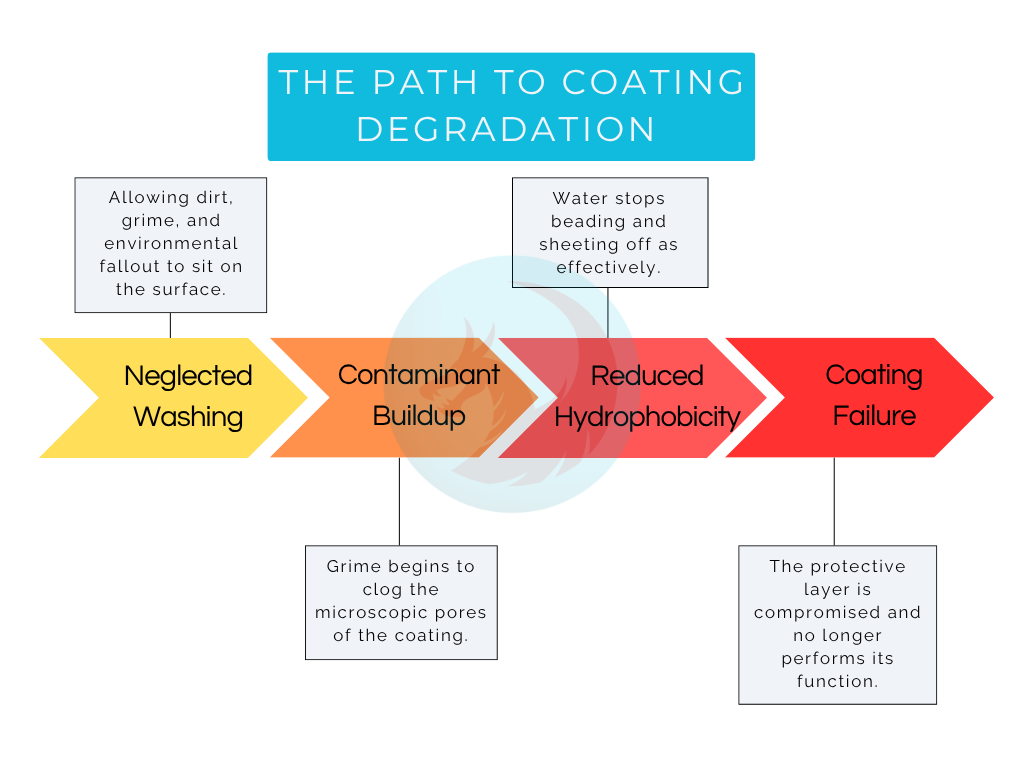
Get the Most Out of Your Ceramic Coating
Ceramic coatings are an excellent investment for preserving your vehicle's appearance and protecting its paint.
By understanding common pitfalls and adhering to proper maintenance routines, you can maximize the benefits of your coating.
Ready to enhance your vehicle's finish? Contact Precision Auto Aesthetics today to schedule your ceramic coating service.

